What’s the flap about fans?

Roula Khalaf, Editor of the FT, selects her favourite stories in this weekly newsletter.
As Eloïse Gilles, heritage expert at Parisian fan-maker Duvelleroy, puts it: “Fans embody the lightness of life, even in a difficult time.” A simple accessory, folding fans have been the subject of several exhibitions this autumn. “They bring us a nostalgia for a time when life was more flamboyant, when effort and fantasy was put into beautiful things,” says Swiss collector Gert-Jan van Veghel. “They always surprise people. When I open them, people never know what to expect.”
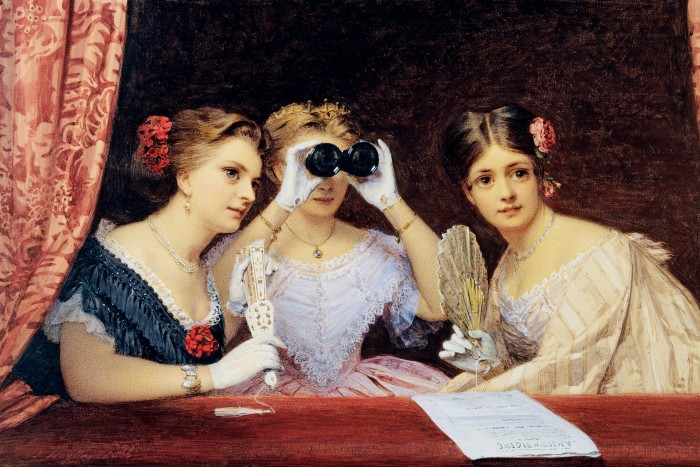
Fans originated in Japan and China as early as the sixth century, but when this exotic new accessory arrived in 17th-century Europe on Portuguese ships, the French nobility went wild. Although Asian “brisé” fans were elegant and uncluttered, made of carved ivory or wood, workshops in Paris began to tailor them to French sensibilities, working the simple folding fan into a showpiece of miniature artistry. It is these that have become a particular focus for European and American collectors. “The Parisians took fans to another level – up to 20 craftsmen would be employed to work on one piece,” says Yolaine Voltz, an antique-fan restorer.
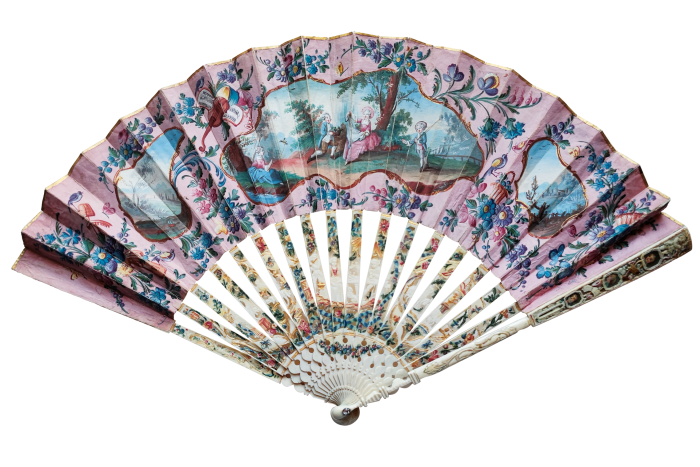
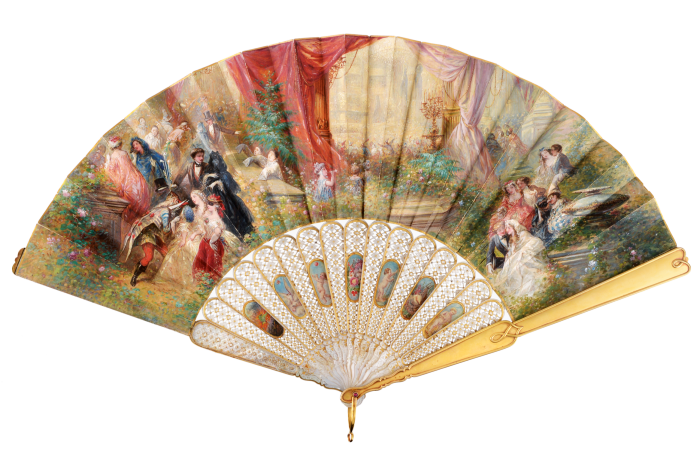
Their ornamental complexity explains why French fans are often auctioned as unique pieces, whereas fans from Spain or Asia, though exquisite, can be sold by batch. Each piece tells a story; it is a window into the owner’s life. “A client once brought me a fan inlaid with tiny portraits of a husband and wife,” says Voltz. “I found a hidden button that pushed the husband’s portrait to one side, revealing a portrait of the wife’s lover slotted behind.” These mischievous “à système” fans have become cult collector’s items, says Georgina Letourmy-Bordier, a fan-market specialist, who in 2012 auctioned a fan with a built-in music box and gold clock for a record SFr386,500 (about £328,928) at Geneva auction house Antiquorum. She’s seen others with snuff boxes or weapons hidden in the frames fetch high prices too.
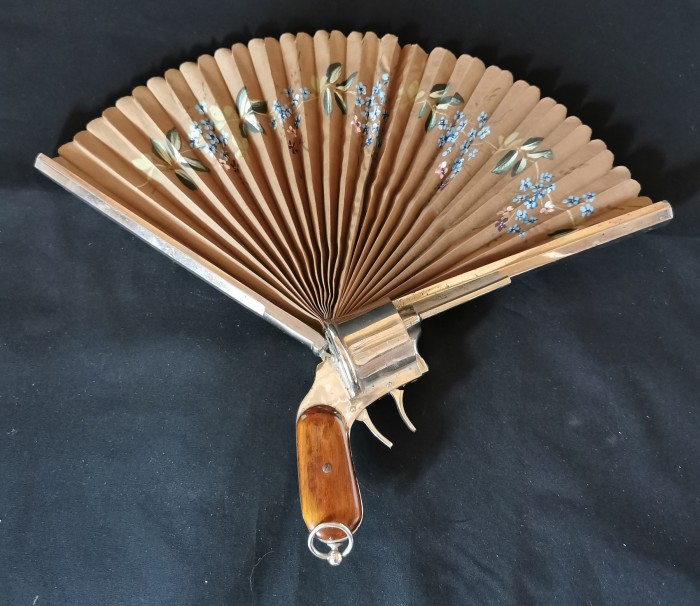
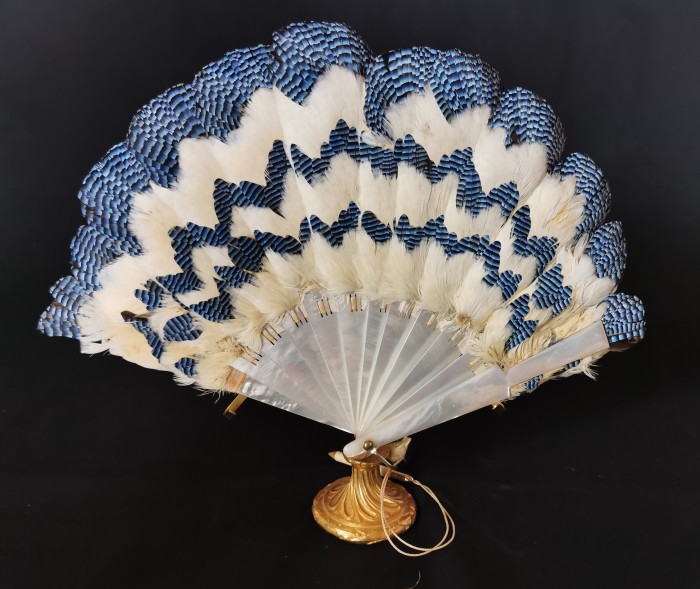
Veghel started collecting fans more than 40 years ago, first buying small collections for less than €50. Such bulk lots included fans used by companies in the 1920s to advertise their parties (some of which were scrawled on by famous attendees such as Edward VIII and Coco Chanel). “From there, I built,” says Veghel. He used to travel to fan auctions in Paris held at Drouot by Coutau-Bégarie, but now their online auctions mean he can buy on a whim from his home near Geneva. His collection has bloomed into more than 500 feathered, sparkly or unusual lace fans, mainly from the late 19th and early 20th centuries.
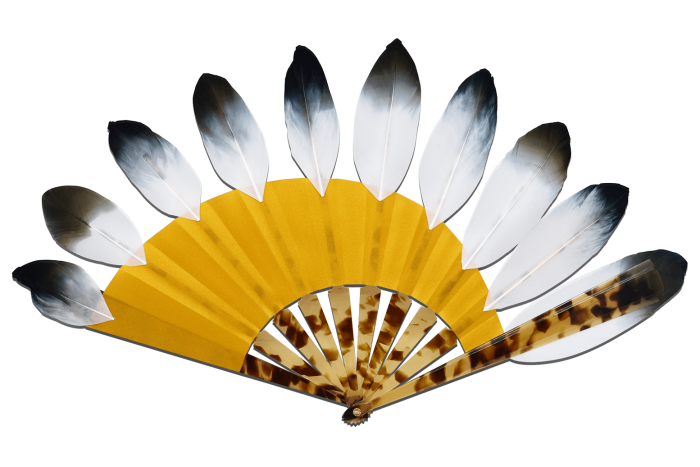
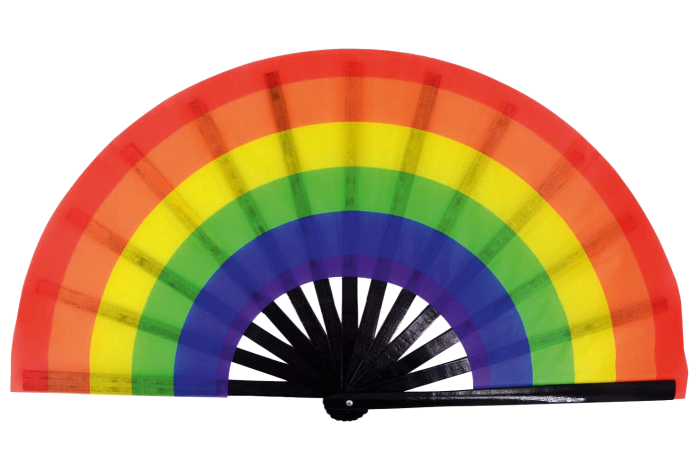
Recent ivory bans have changed the market considerably, preventing the trading of some previously collectable 18th-century fans and many Asian fans. Those with sensitive materials such as horn or tortoiseshell are also becoming harder to sell. Now, fans made with exquisite woods, mother-of-pearl or precious metals are having their moment, says Letourmy-Bordier. These range from rare bejewelled Fabergé fans made for Russian royals to the sequinned balloon fans of the belle époque and art nouveau fans painted with flowers and red-haired ladies (such as the dreamlike Amphitrite fan that Letourmy-Bordier sold for €150,000 at Coutau-Bégarie).
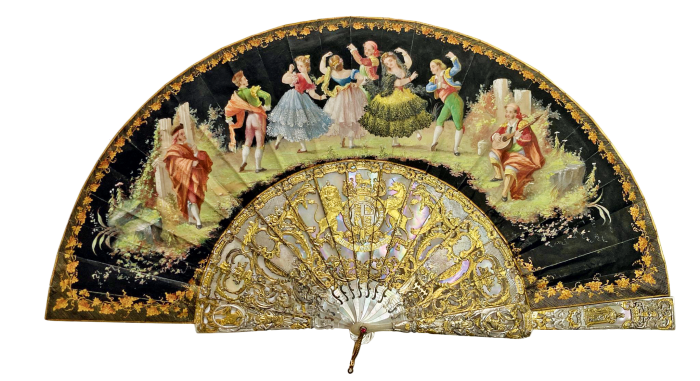
Today, more collectors are looking for artisans such as Félix Alexander, a favourite of Queen Victoria whose pieces are characterised by engraved mother-of-pearl and lavish gilding. His fans are coveted as he would commission notable artists to paint the fan leaf. Gauguin, Pissarro and Degas are also known to have painted fan leafs. But good luck finding these, says Letourmy-Bordier: “Some are lost; they weren’t always mounted on fan sticks.”
But if you are looking for beauty and intrigue, the focus should not exclusively be on European fans, says Hélène Alexander, founder of The Fan Museum in Greenwich, London, where she houses her 4,000 pieces. She has a soft spot for Japanese fans, including the humorous wooden ones historically used in Japanese brothels. A clever mechanism causes the fan to open both ways, one side painted in delicate flowers, the other “secret” side adorned with giggling nudes or monks in compromising positions. Their rarity makes them highly sought after, says Alexander.
It’s not the first time, nor will it be the last, that fans have been a player in the seduction game. In the 1860s, Duvelleroy marketed a “fan language” as a flirting technique. The Parisians thought it all a hoax, and some collectors are still sniffy about Duvelleroy’s marketing ploy. But then isn’t that what fans are for – reinvention, flirtation and mischief?
Fan favourites
Where to buy
Coutau-Bégarie, Paris: twice annual fan sales, coutaubegarie.com
Drouot, Paris, drouot.com
Sotheby’s, Paris, sothebys.com
Tennants, UK: a collection of more than 300 fans coming up for sale in the New Year, tennants.co.uk
Where to see
The Fan Museum, London, thefanmuseum.org.uk
Musée de l’Éventail, Paris, annehoguet.fr
What to read
Antique Fans: Building and Refining a Collection by Margaretha Mazura, to be published by Crowood Press
Ōgi, A History of the Japanese Fan (1992) by Julia Hutt and Hélène Alexander
A Collector’s Guide to Fans over the Ages (1975) by Bertha De Vere Green
European Fans from Objet d’Art to Patented Invention (1994) by Maryse Volet
Comments